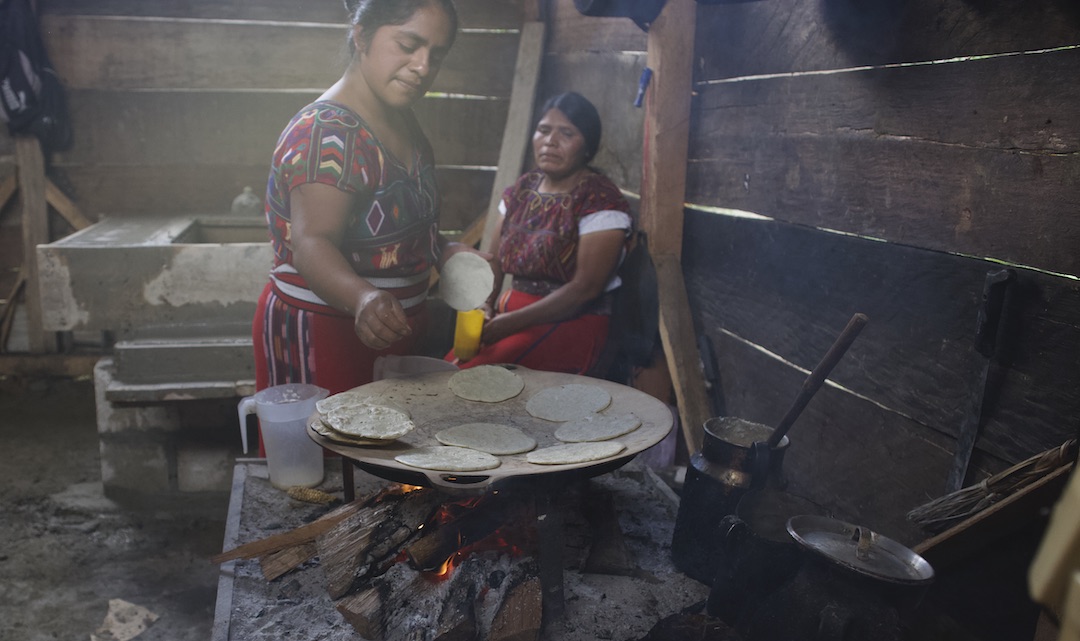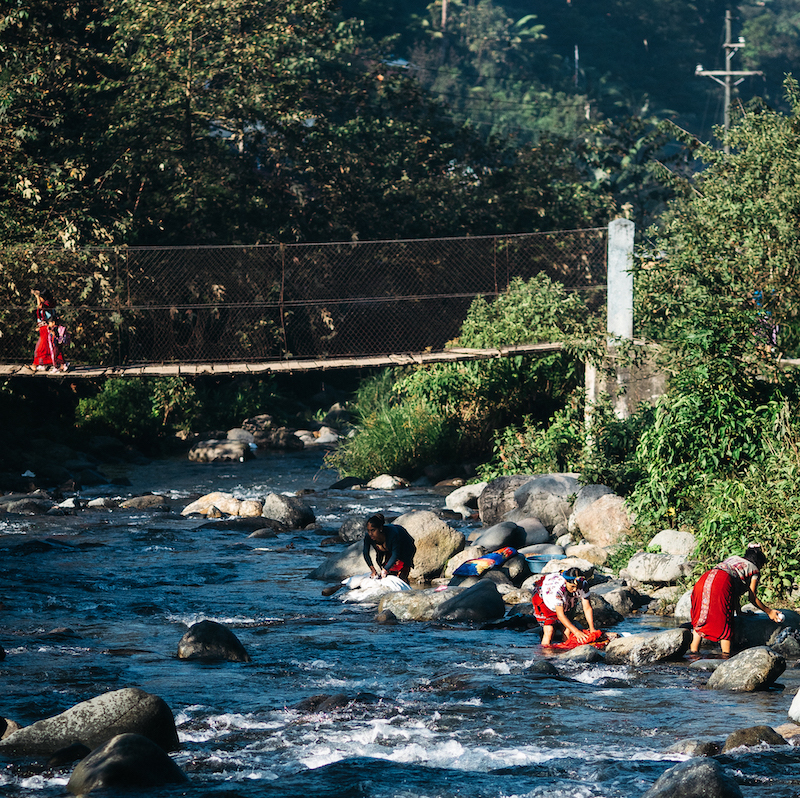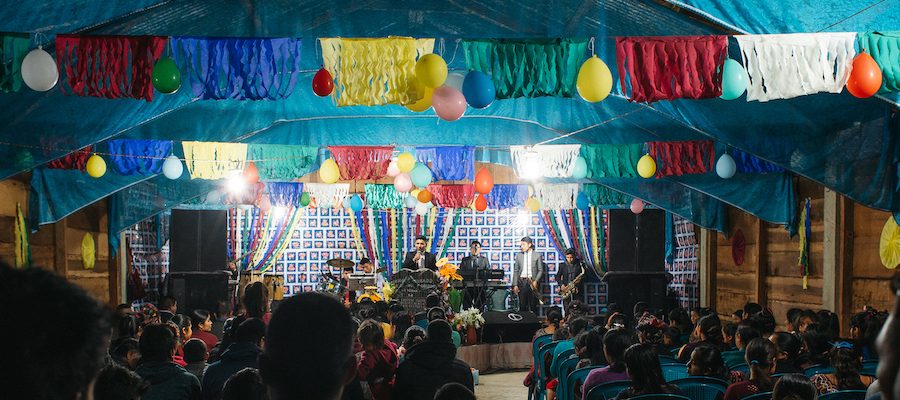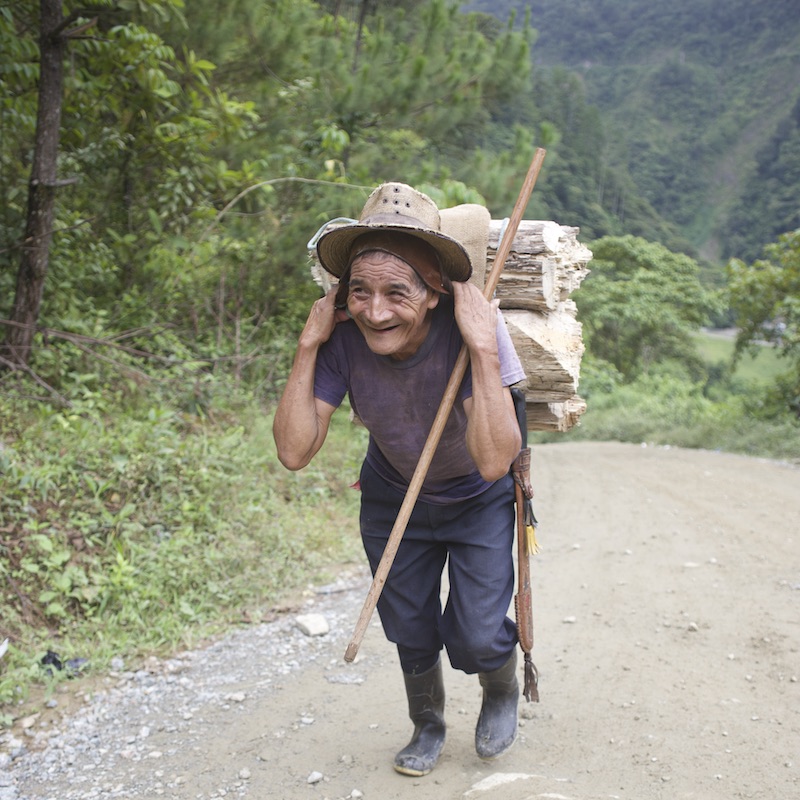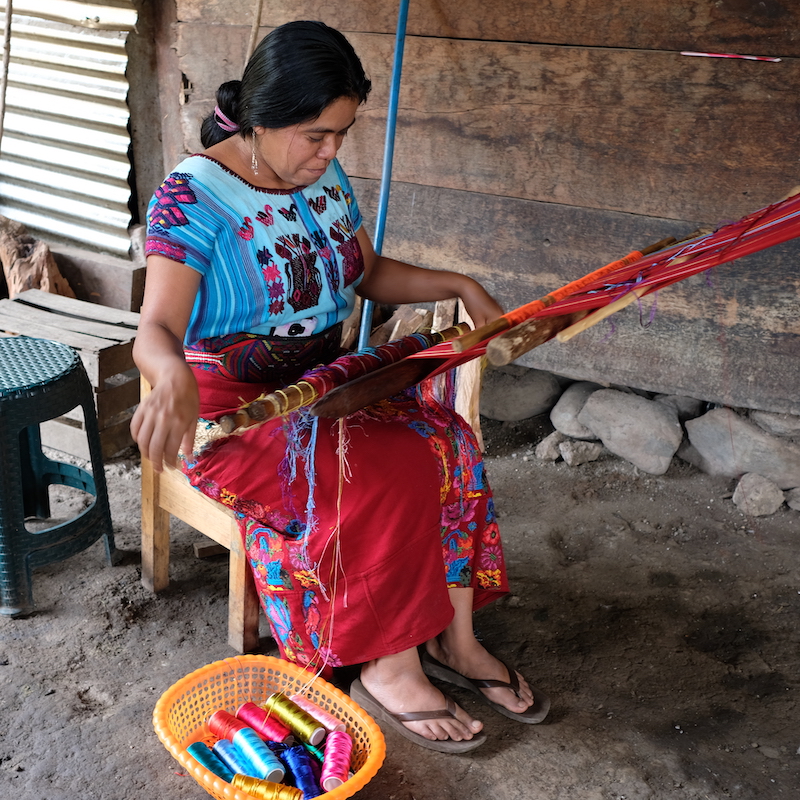About The Ixil
The Ripple Effect Inc. works with the Maya Ixil, pronounced ishil, of Chajul. The town of Chajul is one of three district centers that make up the Ixil triangle in northern Guatemala. The Ixil people are one of the 28 distinct language groups in Guatemala continuing their traditional lifestyle. Chajul functions as a county seat for 60 villages and 37,000 inhabitants.
The Conflict & Genocide
This remote region was particularly hard hit during the 30-year civil conflict. Chajul, with a population of 13,000-14,000 people, housed an army garrison of 6,000, which conducted a scorched earth policy in the 1980s. Our work is centered in the village of Chel, three hours to the north of Chajul. It was there in April of 1982, that the Guatemalan army surrounded the village and massacred 97 civilians. Later that same day, they captured and executed 47 more in the valley to the northwest. As tragic as this story is it is not unique. Within hour distance, the village of Estrelar Polar suffered 95 deaths, and Illom and Soltzill each lost around 80. Every village we have been in was burned and the inhabitants were scattered into the mountains. In 1996 a peace accord was signed and by 1997 the army had left Chajul. Today, people are rebuilding their lives and villages. It is a very sad history but it is also very rewarding to work in a manner to help heal not only the scars of poverty but the scars of war.
Climate
The majority of these villages lie in a temperate climate zone with elevations of 3,500 to 6,500 ft. Eighty to ninety percent of the land is mountainous with very little true farm land. Subsistence farming is the main source of income with coffee being the main cash crop. The dry season runs from February through May, with October through January being cold and damp.
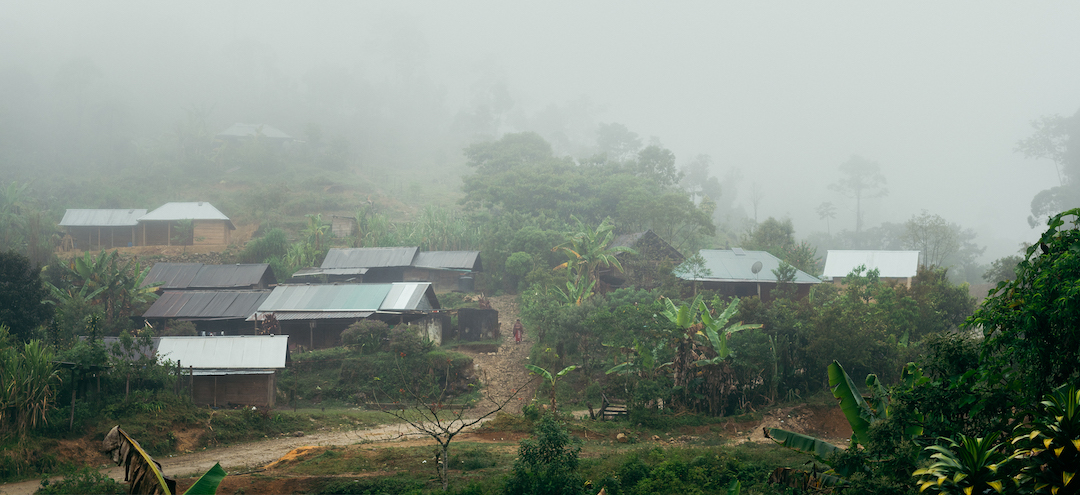
Education & Economy
Ninety-six percent of the population is indigenous and less than 1% of all students will complete high school. Two barriers to continuing education are basic geographical access and a child’s ability to assist at home or provide labor to supplement the family’s income. Although the government of Guatemala provides for 6 years of public education, the challenges of low income, few school supplies and a lack of job opportunities all contribute to the fact that few students advance past the third grade. To continue past the six grade, a student must travel away from his village and incur the cost of tuition, room and board.
Farming opportunities exist for cattle, sheep, goats, chickens and pigs. At present, there are very few milk goats and no dairy cows. Popular cash crops consist of coffee, cardamomo. Corn is the main crop planted and some land will support many types of vegetables. A field hand is paid three dollars a day to help with seasonal work. A journeyman mason earns almost $10 daily while his apprentice may earn $5.00 per day. Most students who pursue higher education choose a teaching degree that pays $250 a month but there are few positions available. Transportation to Chajul, the closest town with adequate goods & services, cost four dollars round trip from Chel.

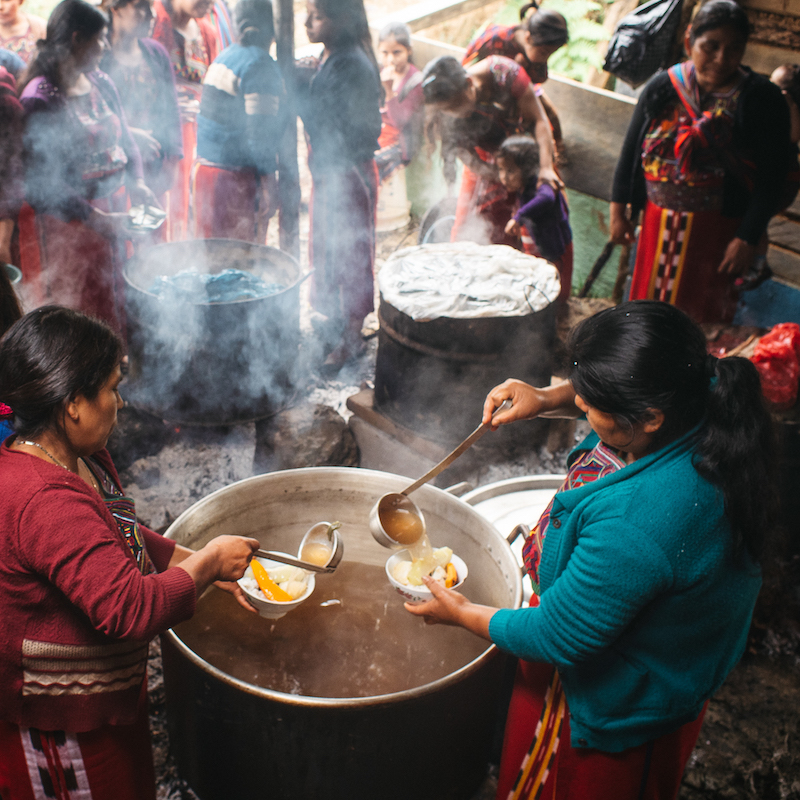
Health
There is a smattering of healthcare clinics in the region and an organization called Promesa tries to visit each village once a month to provide very basic health care. Signs of malnutrition is common and the child mortality rate in some villages can reach 40% before the age of five. Corn is the backbone of their diet and it is a wide belief that corn and chili peppers will strengthen a weakened body. In addition to this basic diet, the consumption of vegetables, beans and rice are also common when available. Although the people understand that hand washing is important, they lack basic understanding of how to prevent transmission of germs and continue to eat with their hands. Unfortunately, 13% of all deaths are due to dysentery. Clean water, continued hygiene education and better nutrition would greatly improve quality of life.
Ninety percent of homes have dirt floors and have either brick fireplaces or open fire pits for cooking and warmth. Most cannot afford the luxury of a simple hose bib for running water. The families must walk 60 minutes to gather firewood or work in the fields. Women work mostly in the home by washing their family’s clothes, cooking, weaving and caring for the children. Young girls master the skills necessary for motherhood by the age of ten years. It is not surprising to see the same aged boys being able to act as young adults in work and responsibility. Men are responsible for the field work and all heavy work but receive help from the whole family.
